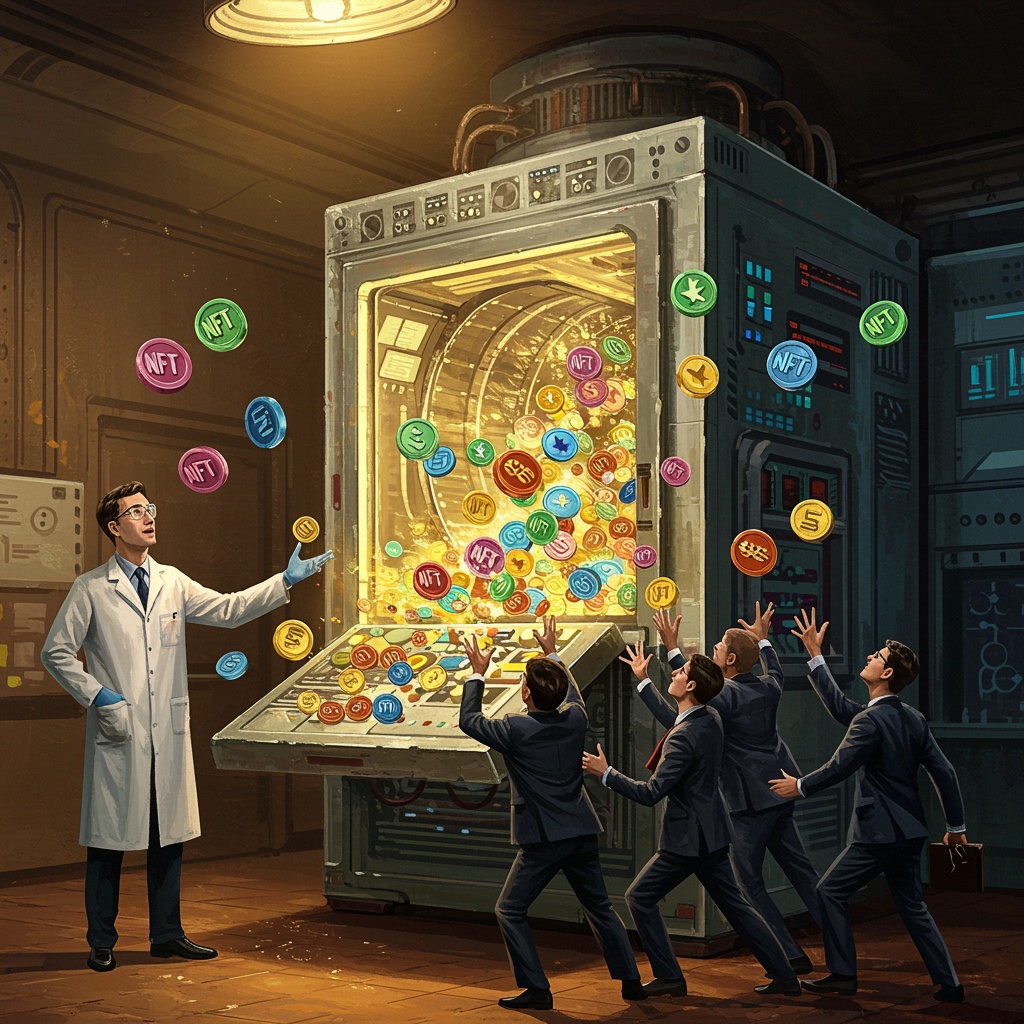For a long time, the crypto market fascinated many of its participants with its lack of regulation and oversight. While the unregulated environment did provide fertile ground for dubious and criminal activities, it also undoubtedly enabled numerous technical innovations in just a few years that would have been virtually impossible in a regulated environment. The regulatory framework is too restrictive for the implementation of new ideas and the use of technologies that are not yet established, meaning that market participants must carefully consider whether they are willing to accept the risks of entirely unpredictable reactions from regulatory authorities to innovative approaches or whether they would be better off relying on best practices and traditional business models. If the crypto market had been comprehensively regulated from the outset, today’s technical possibilities would hardly have been able to evolve to this point. In any case, with the introduction of MiCAR, the European crypto market has left the “Wild West” behind and is now comprehensively regulated. Of course, there are good reasons for regulation, especially since crypto assets are not infrequently used for money laundering and terrorist financing, and such practices must be stopped. However, innovation is extremely difficult in the new regulated market, as the rules and their interpretation by ESMA, EBA, and the competent authorities, such as BaFin in Germany, leave little room for interpretation. However, so-called non-fungible tokens (NFTs) are excluded from the scope of MiCAR pursuant to Art. 2 (3) MiCAR. Crypto assets that qualify as NFTs can therefore not be the subject of crypto asset services. Nor can their issuance on the market constitute a public offer that would trigger an obligation to prepare a crypto asset white paper. There is therefore still considerable scope for innovation in this area.
What Precisely is an NFT in the Context of MiCAR?
In order to fall under the exemption provided for in Article 2(3) MiCAR, a crypto asset must, according to the wording of the provision, first be unique and not fungible with other crypto assets. The text of the regulation itself does not impose any further requirements. However, recitals 10 and 11 preceding the text of the regulation provide further guidance as to which specific crypto assets the regulator intended to exclude from the scope of MiCAR as NFTs. This makes it clear that the key factor is the uniqueness of a crypto asset. If a crypto asset is not readily exchangeable for another crypto asset and its relative value cannot be determined by comparison with an existing market or an equivalent asset due to its uniqueness, it should be considered an NFT within the meaning of the exemption in Article 2(3) MiCAR. In recital 11, however, the regulator emphasizes that unique characteristics of crypto assets that, despite having unique characteristics, are ultimately part of a large series or collection should not be considered unique within the meaning of MiCAR. Simply numbered crypto assets that differ only in their serial number are therefore certainly not to be classified as NFTs eligible for exemption, to give an obvious example. Similarly, according to the intention of MiCAR, a crypto asset should not constitute an NFT if its de facto characteristics or de facto intended use make it an interchangeable and non-unique crypto asset, even if it appears to be unique at first glance. In this respect, the economic approach should be decisive.
What are Examples of NFTs That Do Not Fall Under MiCAR and What Else Needs to Be Considered?
In recitals 10 and 11, digital art and collectibles are explicitly mentioned as NFTs. Similarly, the regulator does mention non-fungible services such as product warranties and non-exchangeable assets such as real estate. However, the specific examples cited should not obscure the fact that the legal classification of a crypto asset must be based on the requirements set out above and that, therefore, a tokenized service such as car washing would not qualify as an NFT within the meaning of MiCAR if the car is driven by a different person depending on the token used. This would not be sufficient to ensure that the tokens are individually identifiable. Further examples of NFTs include crypto assets in areas of application such as voting at general meetings of stock corporations, product supply chain or identity management, or in access and authorization management. NFTs are likely to be particularly interesting in the future in the fight against AI-generated counterfeits, as they can be used to provide unique proof of authenticity. Even if crypto assets qualify as NFTs within the meaning of Art. 2 (3) MiCAR in individual cases, they may still be regulated on other legal grounds, for example as financial instruments under MiFID2 or as cryptographic instruments within the meaning of the German Banking Act (KWG). Start-ups with promising ideas in the NFT sector should definitely take advantage of the current legal situation while it lasts.
Attorney Dr. Lutz Auffenberg LL.M. (London)
subscribe to Newsletter






